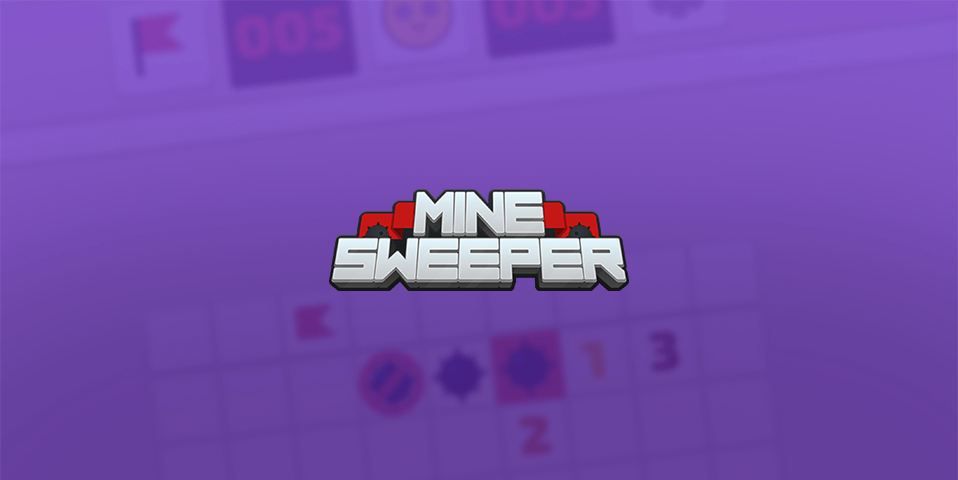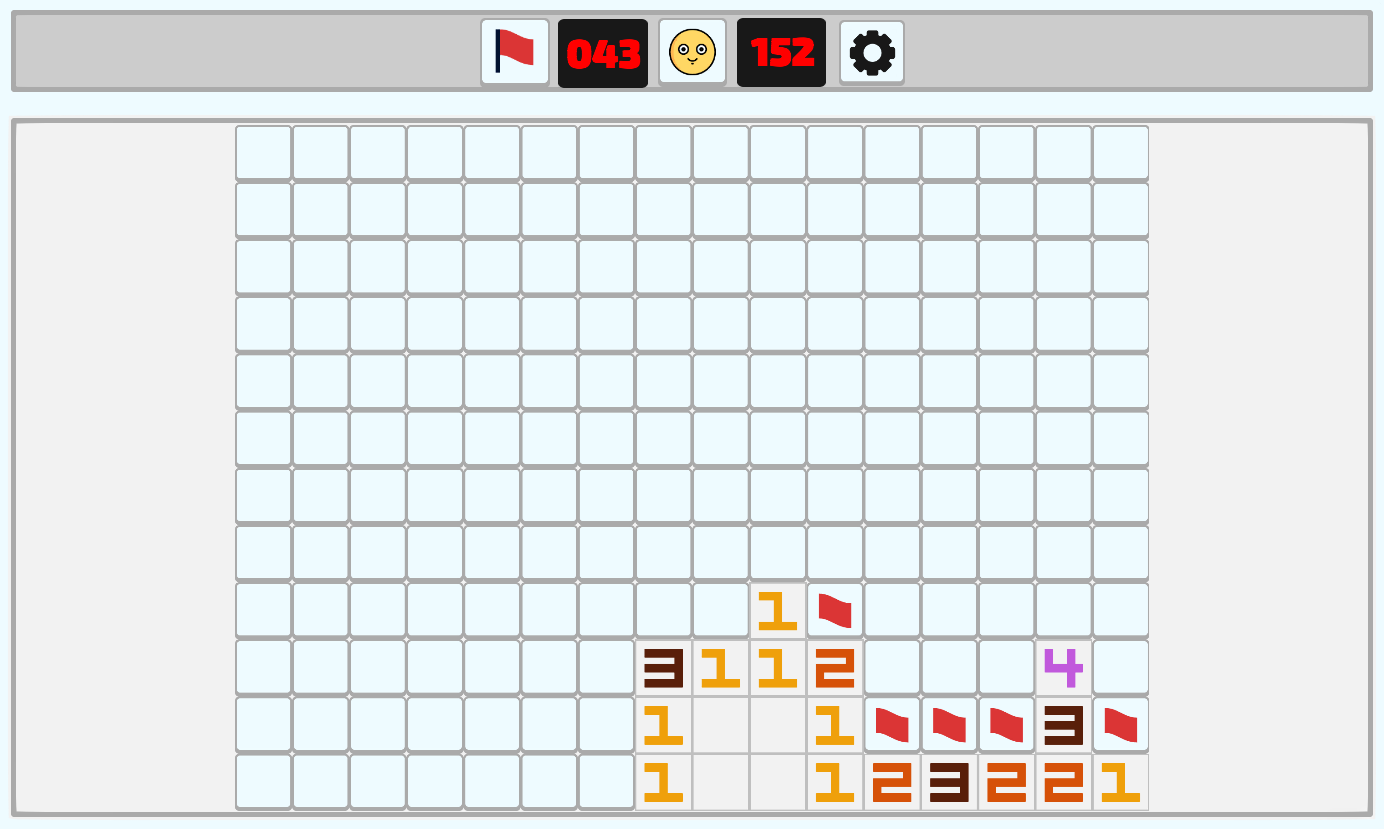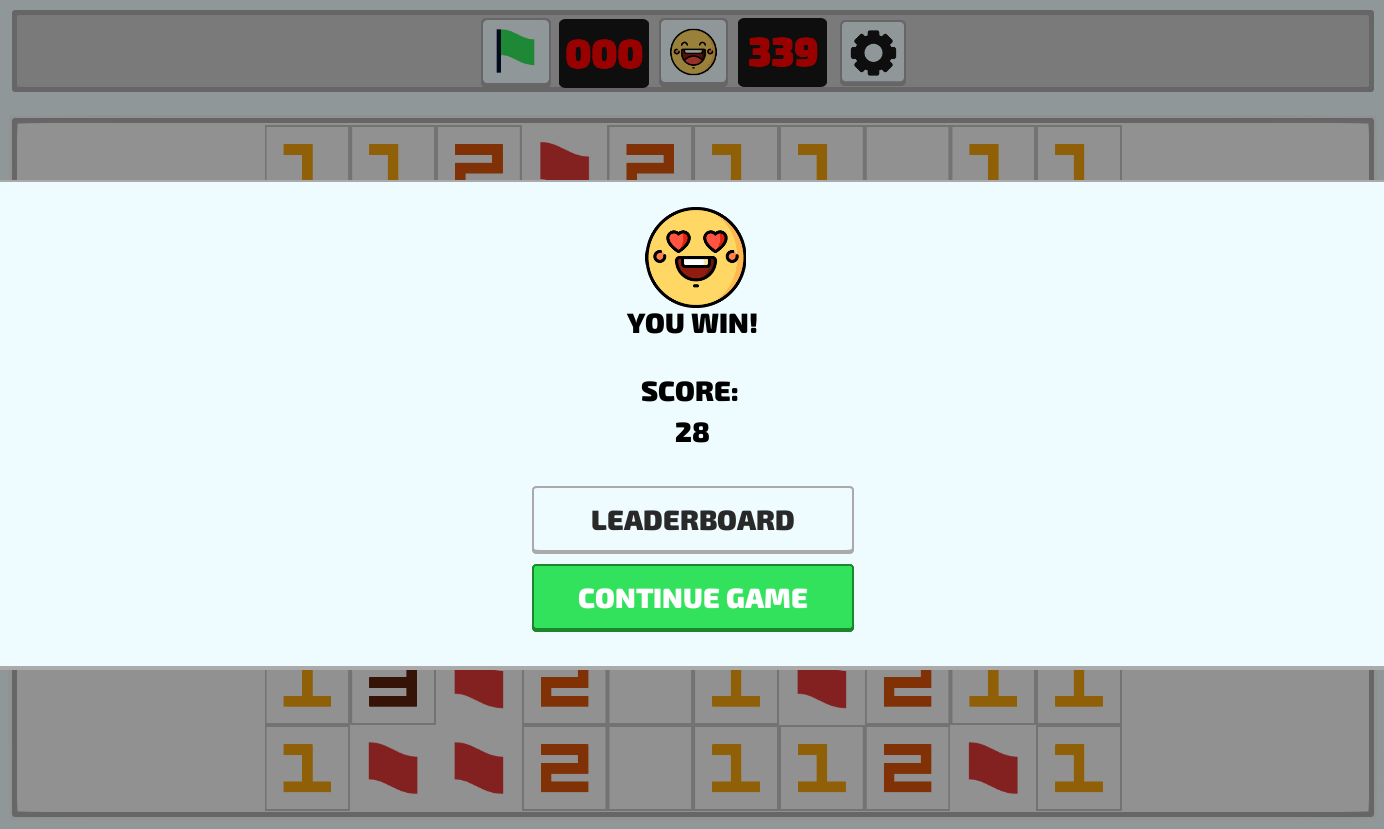Minesweeper Algorithms for Solving Like a Pro
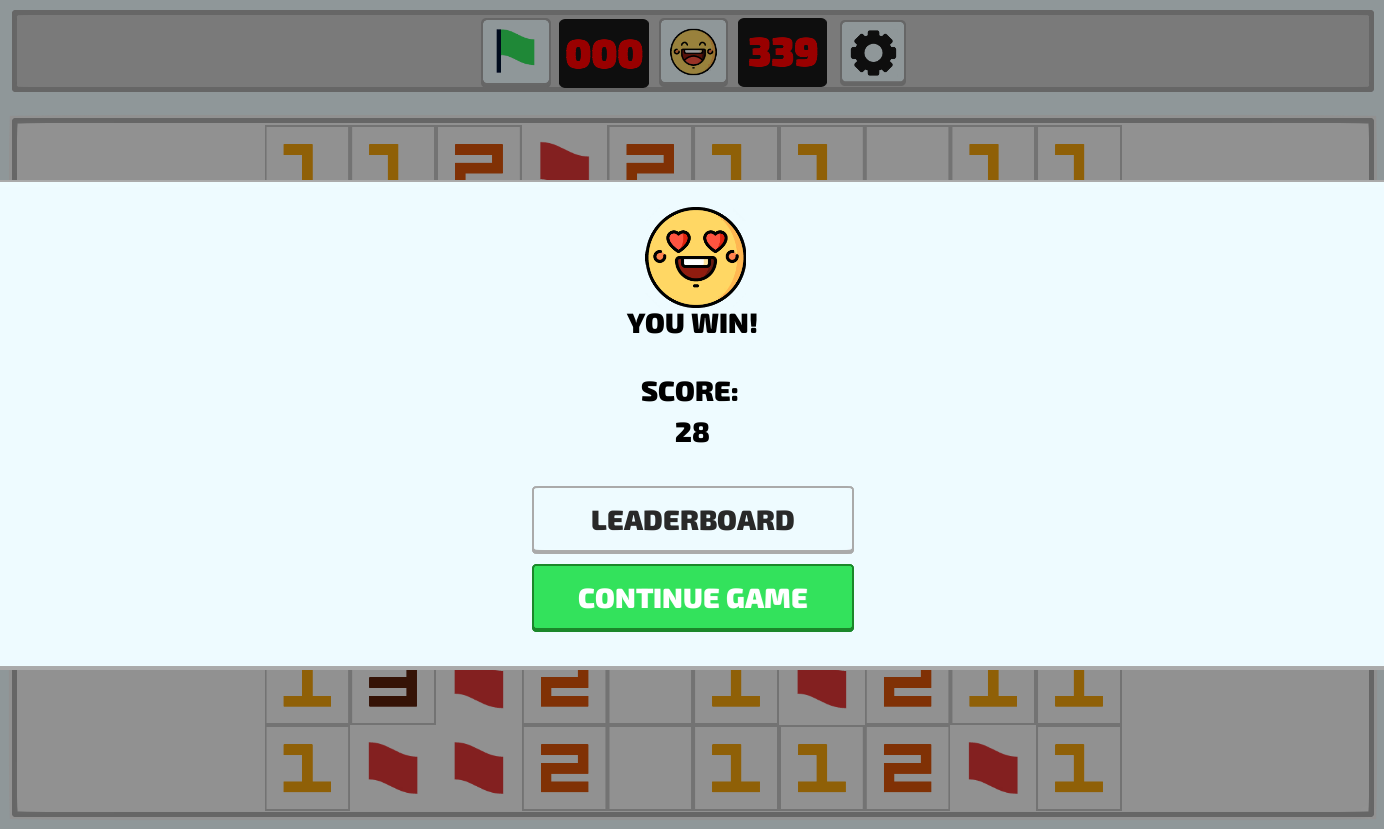
Why is mastering strategy, logic, and efficiency so satisfying? For many, Minesweeper begins as a casual game to pass the time. Clicking those little squares, hoping not to hit a mine, provides a simple thrill.
While fun, this approach relies more on luck than skill. However, by leveraging algorithms, even casual players can turn guessing into a strategic, logical process. These methods introduce efficiency and consistency, transforming Minesweeper into a game of calculated decision-making.
By applying structured techniques, players can drastically reduce mistakes and complete games faster. The difference between casual and expert play isn’t reaction time — it’s logical thinking.
What Algorithms Exist in Minesweeper?
Understanding Minesweeper algorithms helps players reduce guesswork and improve efficiency. While initially developed for expert players, algorithms now allow anyone to approach Minesweeper methodically.
By replacing guesses with logic, each move is calculated to maximize information and minimize risk. Complex scenarios become manageable as algorithms break them down into clear, repeatable steps.
Algorithms turn Minesweeper into a game of skill, not chance. By recognizing patterns and applying structured problem-solving, players can drastically increase their win rate.
Even in difficult situations where guessing seems necessary, algorithms help reduce the number of forced guesses by analyzing probabilities. Over time, applying these strategies will make solving Minesweeper puzzles feel intuitive.
How to Use Algorithms to Win Minesweeper
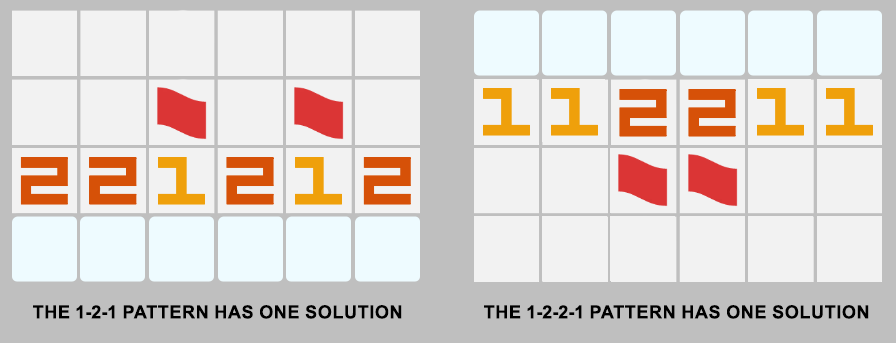
Winning Minesweeper may seem daunting at first. But with the right algorithms, even novice players can improve their win rates significantly. By applying logical step-by-step techniques, algorithms simplify gameplay and enhance accuracy.
3 Algorithm-Based Strategies for Minesweeper
Let's explore three algorithm-based techniques that can lead to success.
1. Pattern Recognition Algorithms
Certain number sequences on the Minesweeper grid indicate predictable mine placements. For example, the 1-2-1 formation guarantees that the two mines are at the ends, while the middle square is safe.
Similarly, the 1-2-2 pattern suggests that the mines are adjacent to the 2s. By recognizing these formations, you can quickly deduce safe squares and mark mines with confidence.
Other common patterns include:
- 1-1: The mine must be next to both 1s.
- 2-3-2: The central 3 ensures multiple mines around it, which can help narrow down placements.
The better you are at recognizing patterns, the fewer mistakes you’ll make.
2. Cluster-Based Solving
Instead of focusing on individual tiles, analyzing clusters of numbers can reveal patterns that simplify decision-making. For example, a group of 2s and 3s often provides enough information to safely eliminate or mark mine locations.
This method is especially useful in dense sections of the grid, where guessing would otherwise be risky. Cluster-based solving also helps break the board into smaller, more manageable sections.
3. Chain Reactions
Ever had a moment where one click suddenly clears a large portion of the board? That’s a chain reaction in action.
By identifying highly connected numbers and safe zones, you can trigger large reveals efficiently. The key is recognizing where these chain reactions are likely to occur and using them to clear space quickly and safely.
Chording is a key technique here. If you place the correct number of flags around a number, clicking that number automatically clears all surrounding safe tiles.
Take the Challenge: Apply These Algorithms Today!
Next time you play, actively apply these algorithms to analyze the board. You'll be surprised how much faster and more efficiently you solve puzzles.










